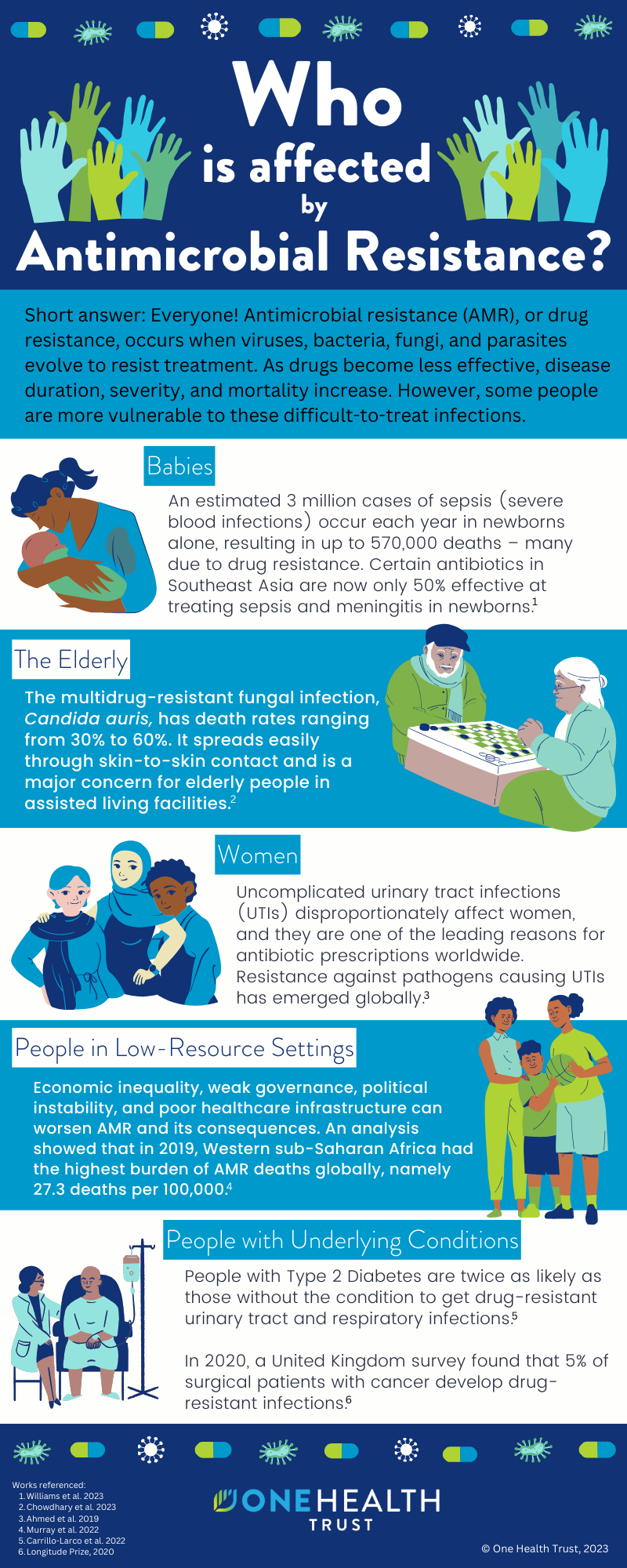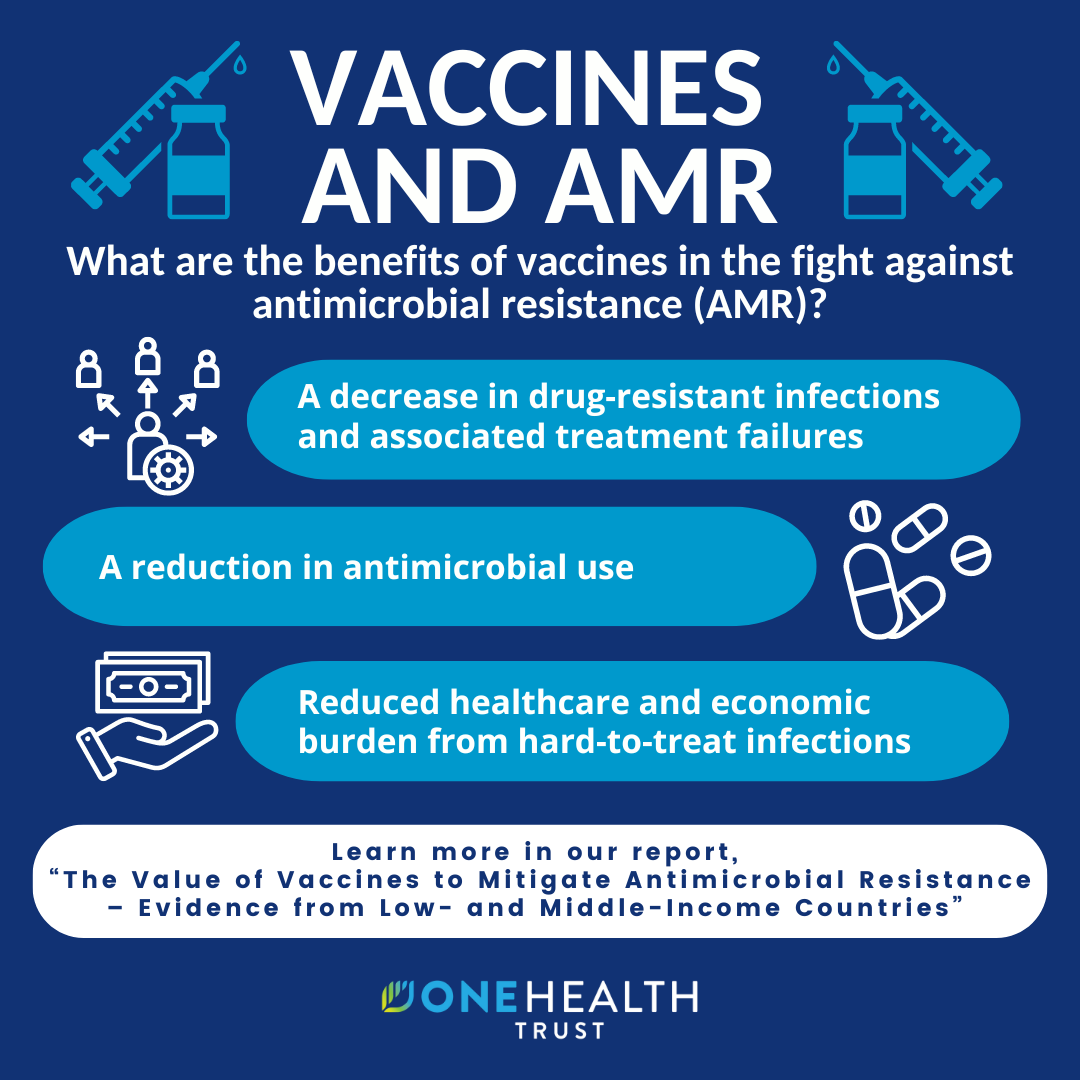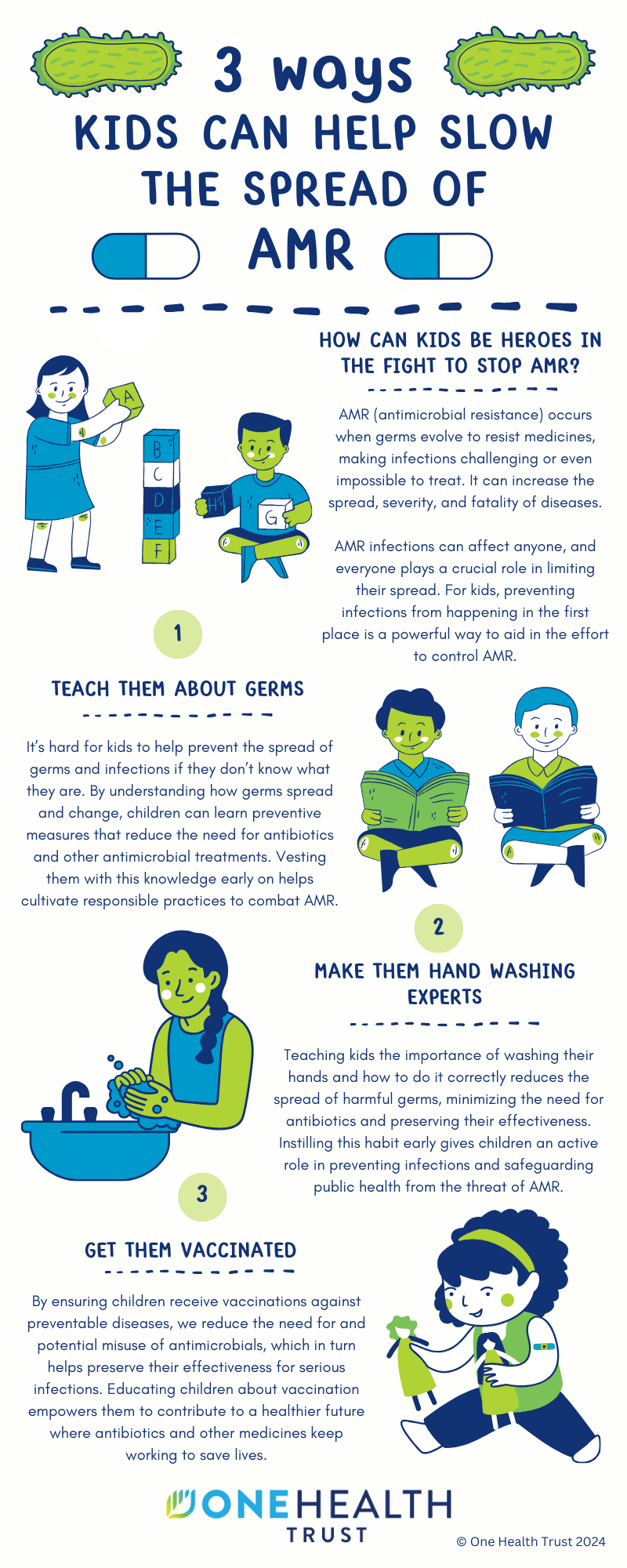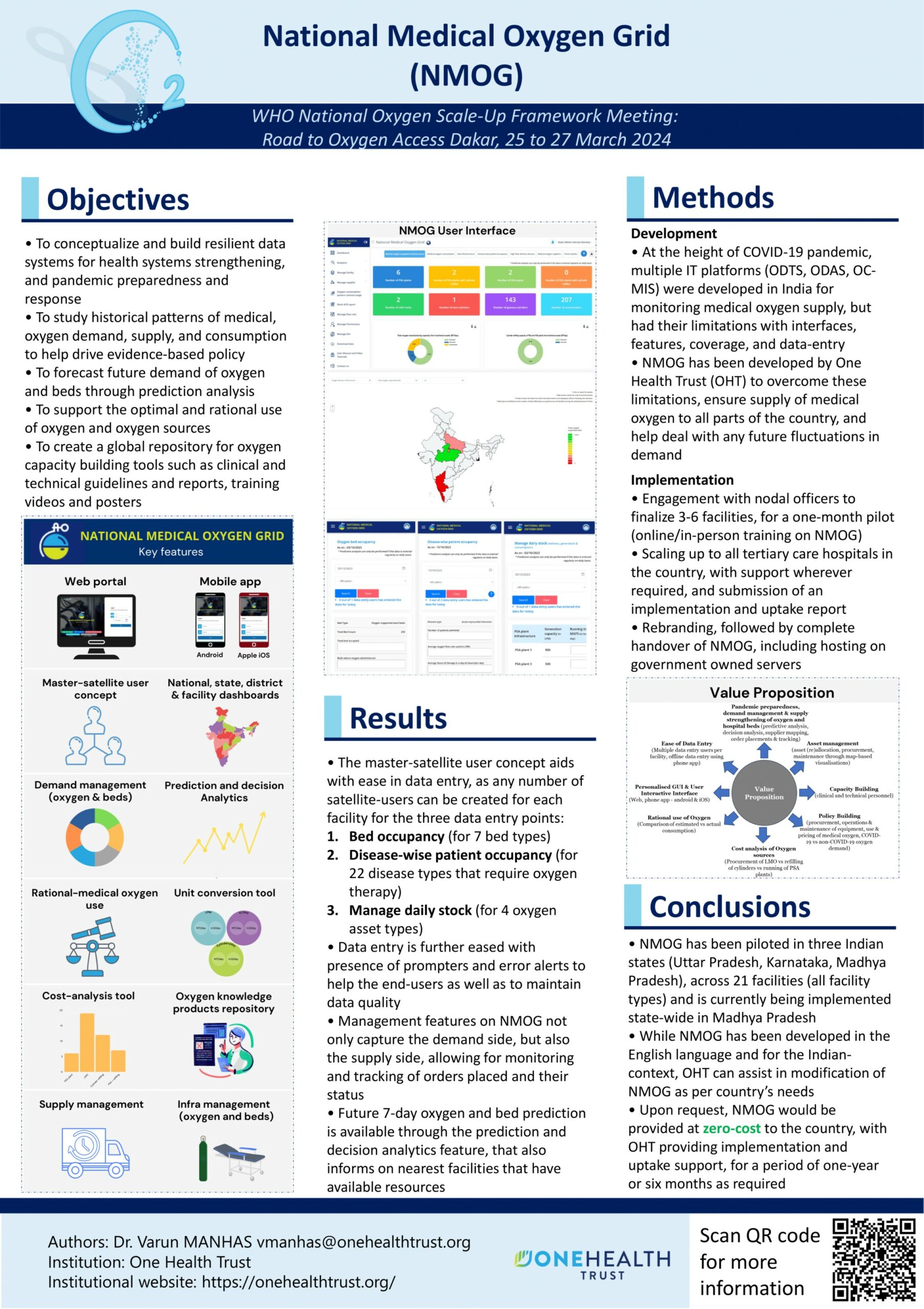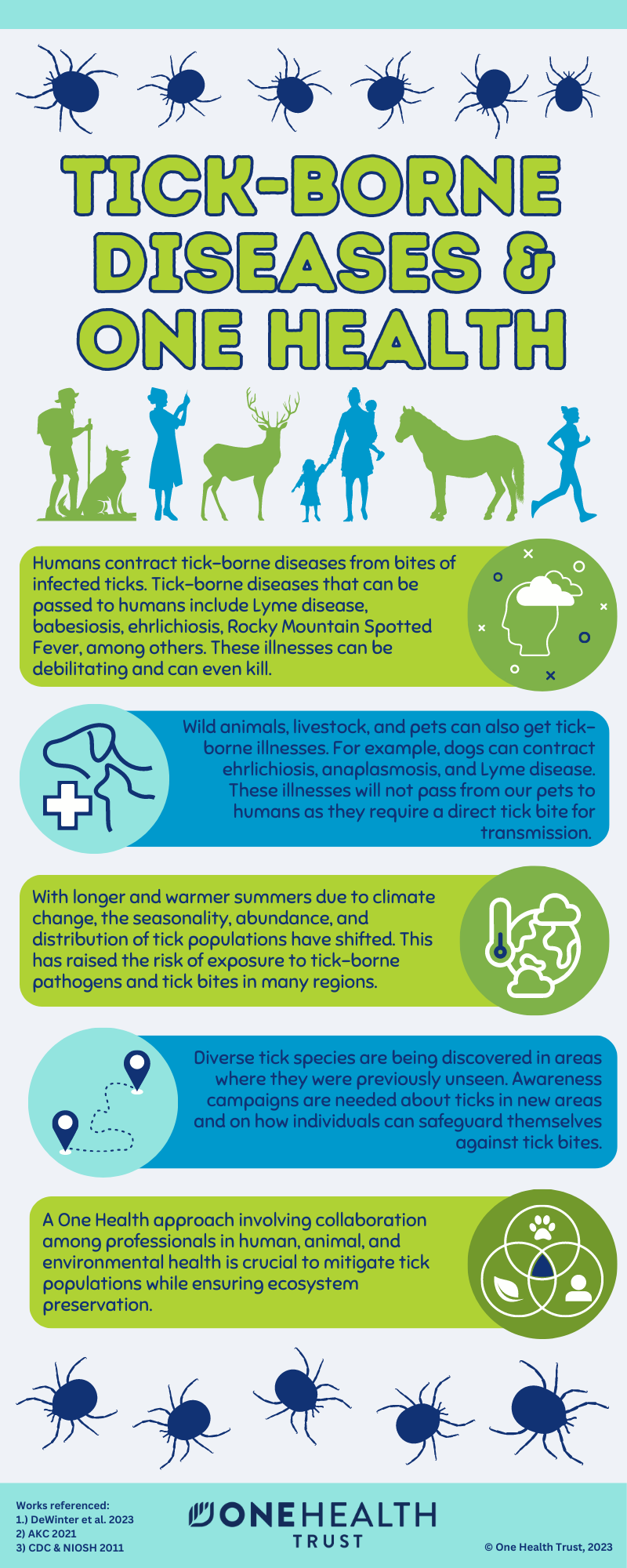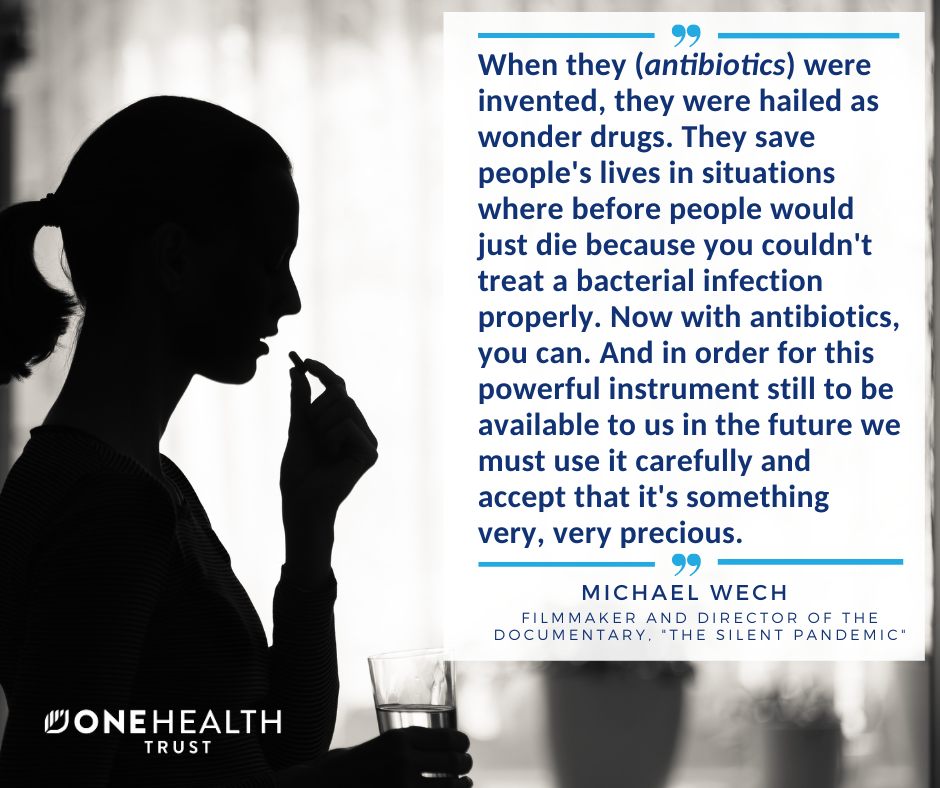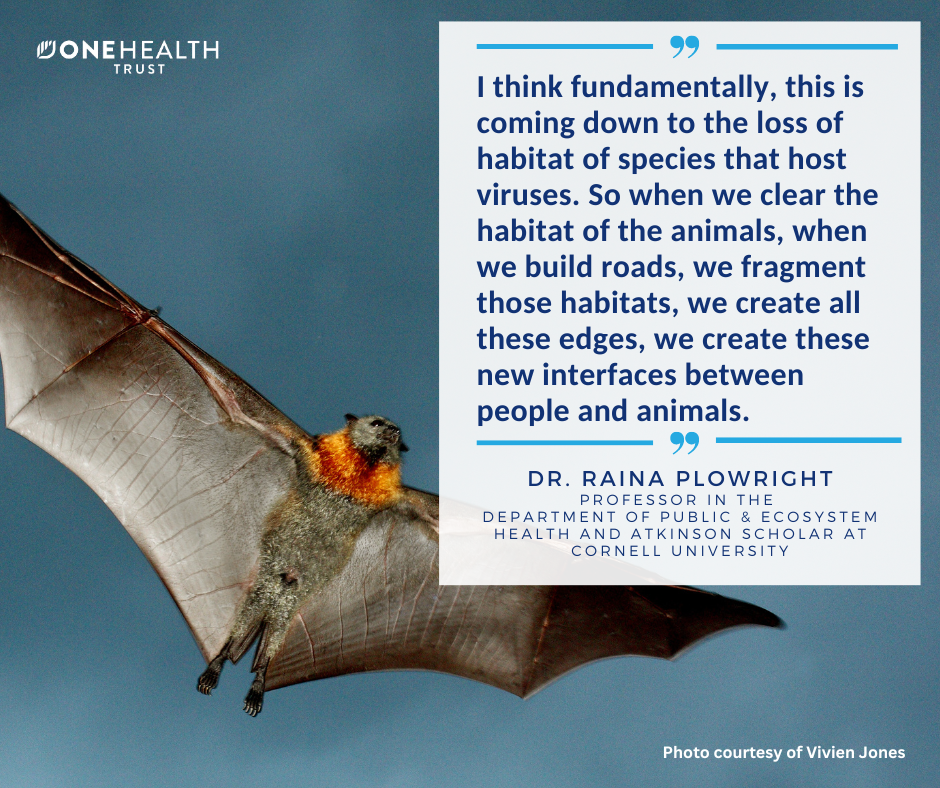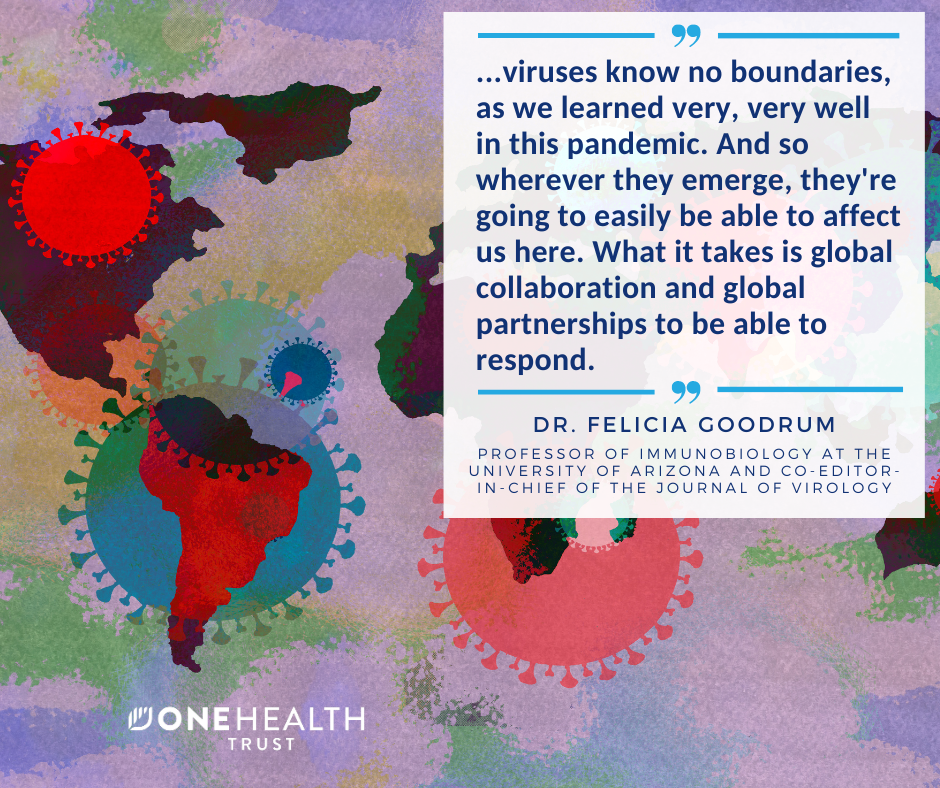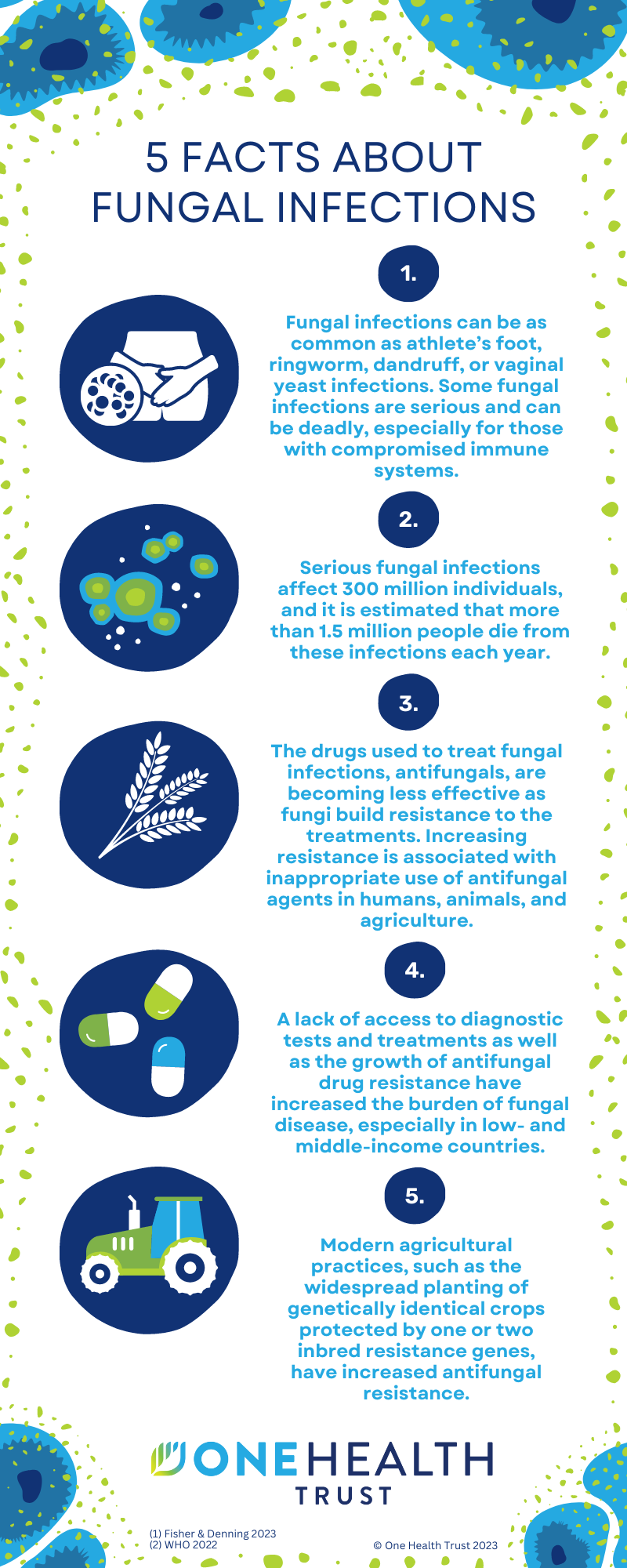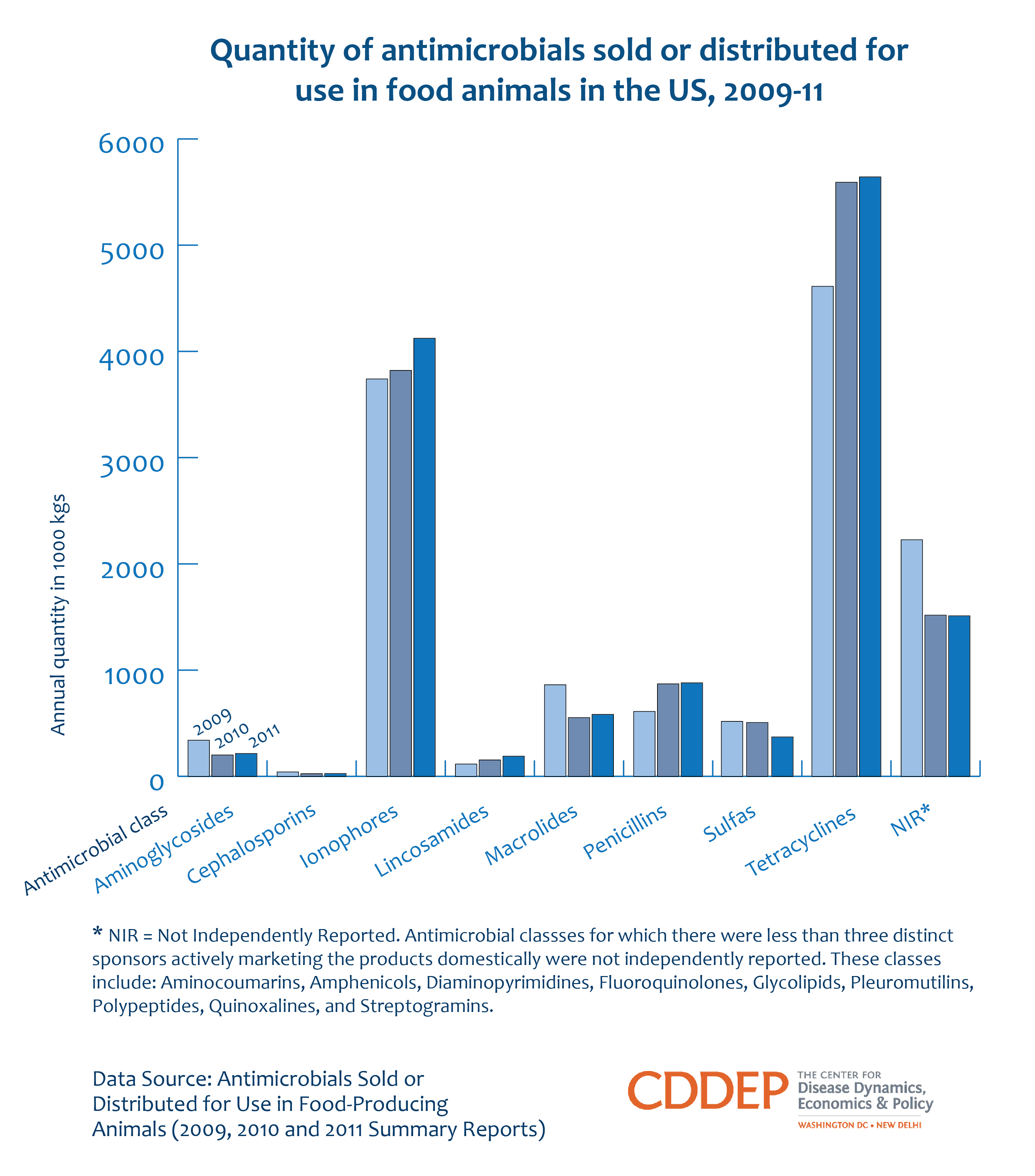
May 02, 2014
The high consumption of medically important antibiotics by food animals in the US has been identified as a cause for rising bacterial resistance to antimicrobials. The use of antibiotics for growth promotion in the US became widespread in the 1950s, after it was discovered that adding antibiotics to animal feed accelerated animal growth and cost less than conventional feed supplements. With industrial methods of production becoming more prominent, sub-therapeutic doses of antibiotics also helped to prevent the development and spread of disease among livestock. Compared to the European Union, where the use of antibiotics for growth promotion has been banned since 2006 and individual countries such as Denmark and Sweden enacted policies to prevent the use of antibiotics for growth promotion as early as the 1980s, the US has lagged in addressing the problem.
The effects can be seen in this graphic, which shows the trends in the quantity of antimicrobial classes sold or distributed in the 2009-11 period. The same data also reveals that the total amount of antimicrobials used in food animals in the US increased 1.3% from 2009 to 2010 and 2.3% from 2010 to 2011.

